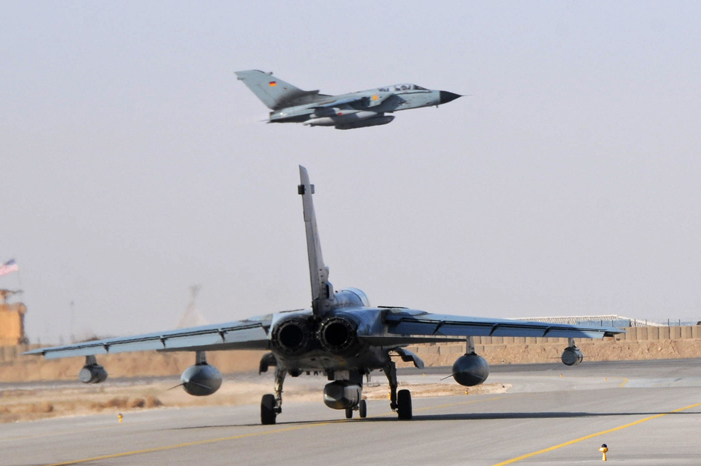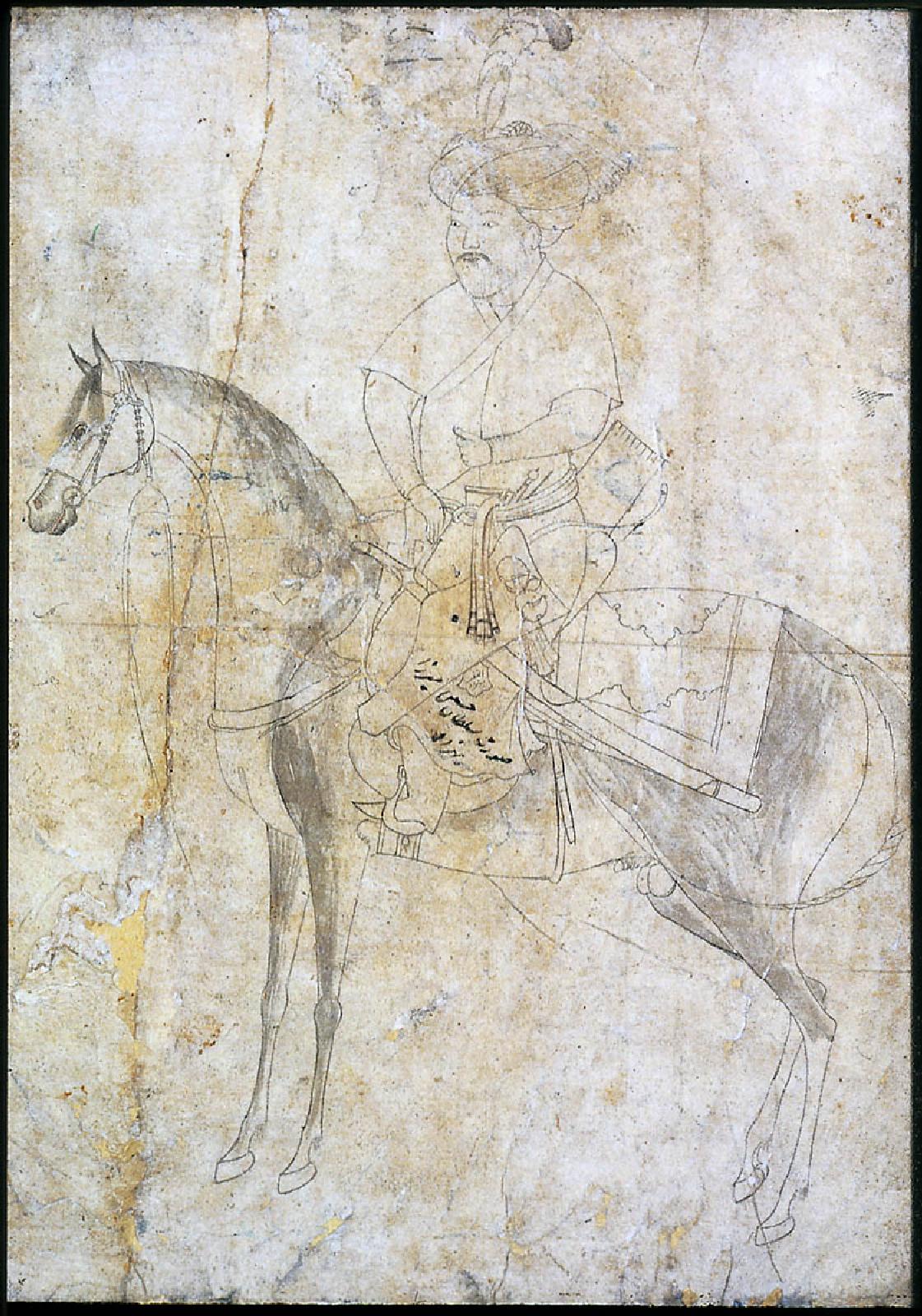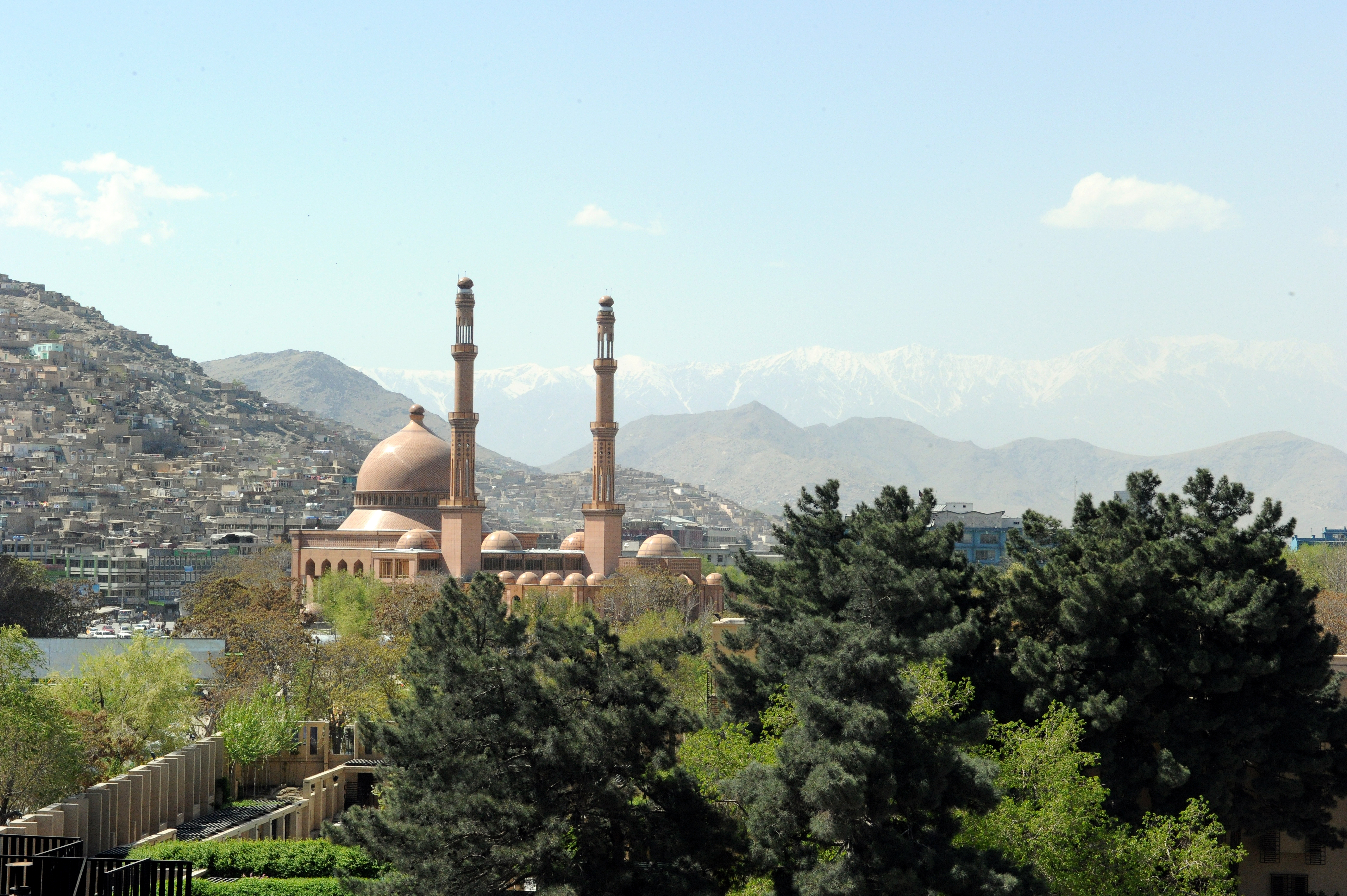|
Mausoleum Of Imam Ali
The Mausoleum of Ali () or Blue Mosque (مسجد کبود), located in Mazar-i-Sharif, Afghanistan, is a shrine purportedly housing the tomb of Caliph Ali, the first Imam of Shia Muslims (). Many pilgrims annually celebrate Nowruz at the site. At the annual Jahenda Bala ceremony a flag is raised in honour of Alī. People touch the flag for supposed luck in the New Year. History The earliest surviving source stating Ali to be buried in Balkh is of the Andalusian traveller Abu Hamid al-Gharnati (). Abd al-Ghafur Lari wrote that Muhammad al-Baqir, the fifth Shia imam, assigned Abu Muslim the task of transferring Ali's body to the Khurasan, though this is likely apocryphal. The first structure of the site dates back to the Seljuk era. It was built by Sultan Ahmad Sanjar in the 11th century. In the 13th century, the Mongols under Genghis Khan invaded Balkh, where they massacred the Balkhi population and destroyed their places of worship. The mosque built by Sanjar was destroyed b ... [...More Info...] [...Related Items...] OR: [Wikipedia] [Google] [Baidu] |
Mazar, Afghanistan
Mazar-i-Sharīf ( ; Dari and ), also known as Mazar-e Sharīf or simply Mazar, is the fifth-largest city in Afghanistan by population, with the estimates varying from 500,000-680,000. It is the capital of Balkh province and is linked by highways with Kunduz in the east, Kabul in the southeast, Herat in the southwest and Termez, Uzbekistan in the north. It is about from the Uzbek border. The city is also a tourist attraction because of its famous shrines as well as the Islamic and Hellenistic archeological sites. The ancient city of Balkh is also nearby. The region around Mazar-i-Sharif has been historically part of Greater Khorasan and was controlled by the Tahirids followed by the Saffarids, Samanids, Ghaznavids, Ghurids, Ilkhanids, Timurids, and Khanate of Bukhara until 1751 when it became part of the Durrani Empire (although under autonomous emirs). Eventually the city passed to a few local rulers before becoming part of Afghanistan in 1849. Mazar-i-Sharif is the regional h ... [...More Info...] [...Related Items...] OR: [Wikipedia] [Google] [Baidu] |
Sultan Husayn Bayqara
Sultan Husayn Bayqara Mirza ( ''Husayn Bāyqarā''; June/July 1438 – 4 May 1506) was the Timurid dynasty, Timurid ruler of Herat from 1469 until May 4, 1506, with a brief interruption in 1470. A skilled statesman, Sultan Husayn Bayqara was best known for his interest in the arts and was renowned as a benefactor and patron of learning in his kingdom, with his reign being heralded as the second Timurid Renaissance. He has been described as "the quintessential Timurid ruler of the later period in Transoxiana" and his sophisticated court and generous artistic patronage was a source of admiration, particularly from his cousin, the Mughal Empire, Mughal emperor Babur. Sultan Husayn Bayqara was the last Timurid ruler of consequence in Greater Khorasan, Khorasan. Early life and lineage Born in Herat in June or July 1438, Husayn Bayqara's parents were Ghiyas ud-din Mansur Mirza of the Turco-Mongol tradition, Turco-Mongol Barlas tribe and his wife, Firuza Sultan Begum. His parents ha ... [...More Info...] [...Related Items...] OR: [Wikipedia] [Google] [Baidu] |
Buildings And Structures In Balkh Province
A building or edifice is an enclosed structure with a roof, walls and windows, usually standing permanently in one place, such as a house or factory. Buildings come in a variety of sizes, shapes, and functions, and have been adapted throughout history for numerous factors, from building materials available, to weather conditions, land prices, ground conditions, specific uses, prestige, and aesthetic reasons. To better understand the concept, see ''Nonbuilding structure'' for contrast. Buildings serve several societal needs – occupancy, primarily as shelter from weather, security, living space, privacy, to store belongings, and to comfortably live and work. A building as a shelter represents a physical separation of the human habitat (a place of comfort and safety) from the ''outside'' (a place that may be harsh and harmful at times). buildings have been objects or canvasses of much artistic expression. In recent years, interest in sustainable planning and building practi ... [...More Info...] [...Related Items...] OR: [Wikipedia] [Google] [Baidu] |
Shrines In Afghanistan
A shrine ( "case or chest for books or papers"; Old French: ''escrin'' "box or case") is a sacred space dedicated to a specific deity, ancestor worship, ancestor, hero, martyr, saint, Daemon (mythology), daemon, or similar figure of respect, wherein they are venerated or worshipped. Shrines often contain Cult image, idols, relics, or other such objects associated with the figure being venerated. A shrine at which votive offerings are made is called an altar. Shrines are found in many of the world's religions, including Christianity, Islam, Hinduism, Buddhism, Chinese folk religion, Shinto, indigenous Philippine folk religions, and Germanic paganism as well as in secular and non-religious settings such as a war memorial. Shrines can be found in various settings, such as churches, temples, cemeteries, or as household shrines. Portable shrines are also found in some cultures. Types of shrines Temple shrines Many shrines are located within buildings and in the temples designed s ... [...More Info...] [...Related Items...] OR: [Wikipedia] [Google] [Baidu] |
Mosques In Afghanistan
The following is an incomplete list of large mosques in Afghanistan: See also *Islam in Afghanistan *Lists of mosques References {{DEFAULTSORT:Mosques in Afghanistan Mosques in Afghanistan, Lists of mosques by country, Afghanistan Lists of mosques in Asia, Afghanistan Lists of religious buildings and structures in Afghanistan, Mosques ... [...More Info...] [...Related Items...] OR: [Wikipedia] [Google] [Baidu] |




